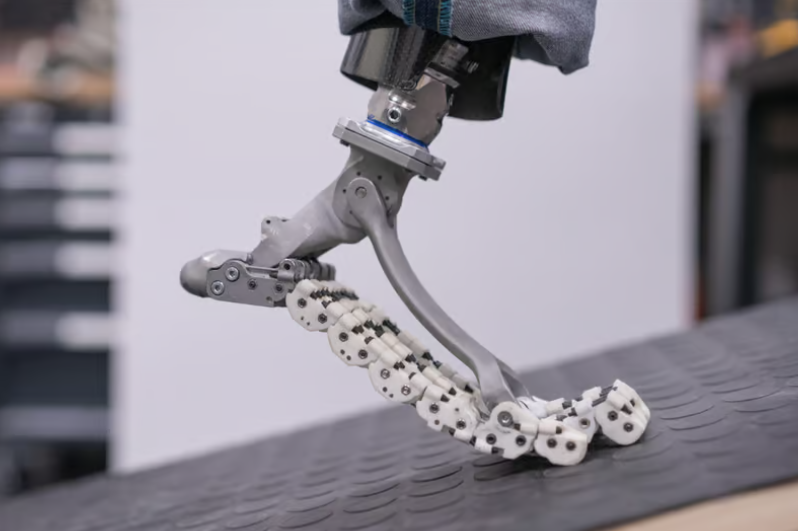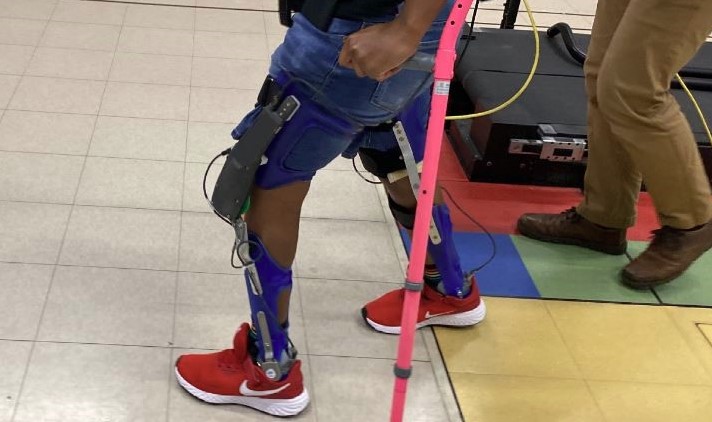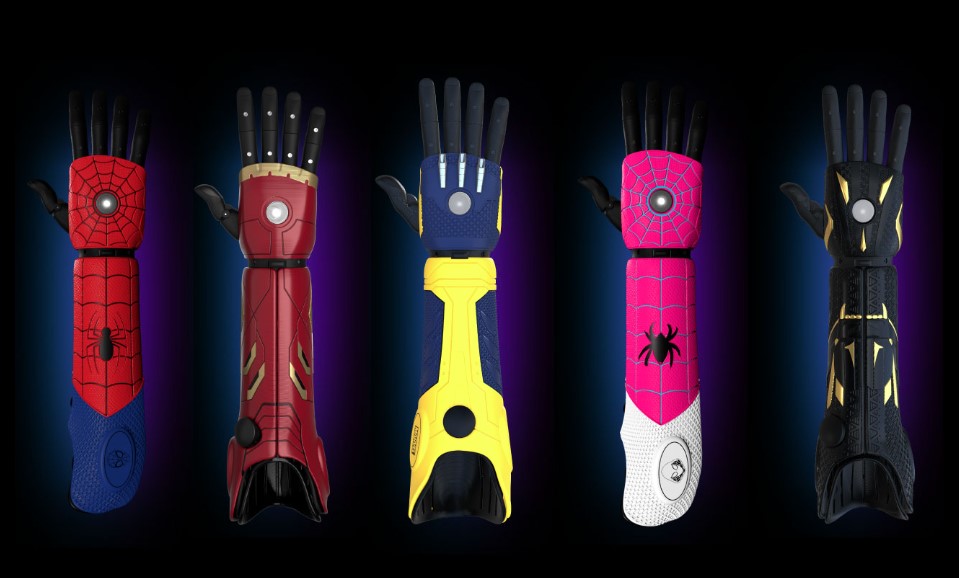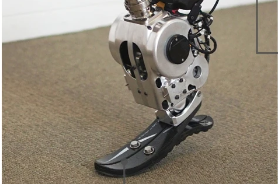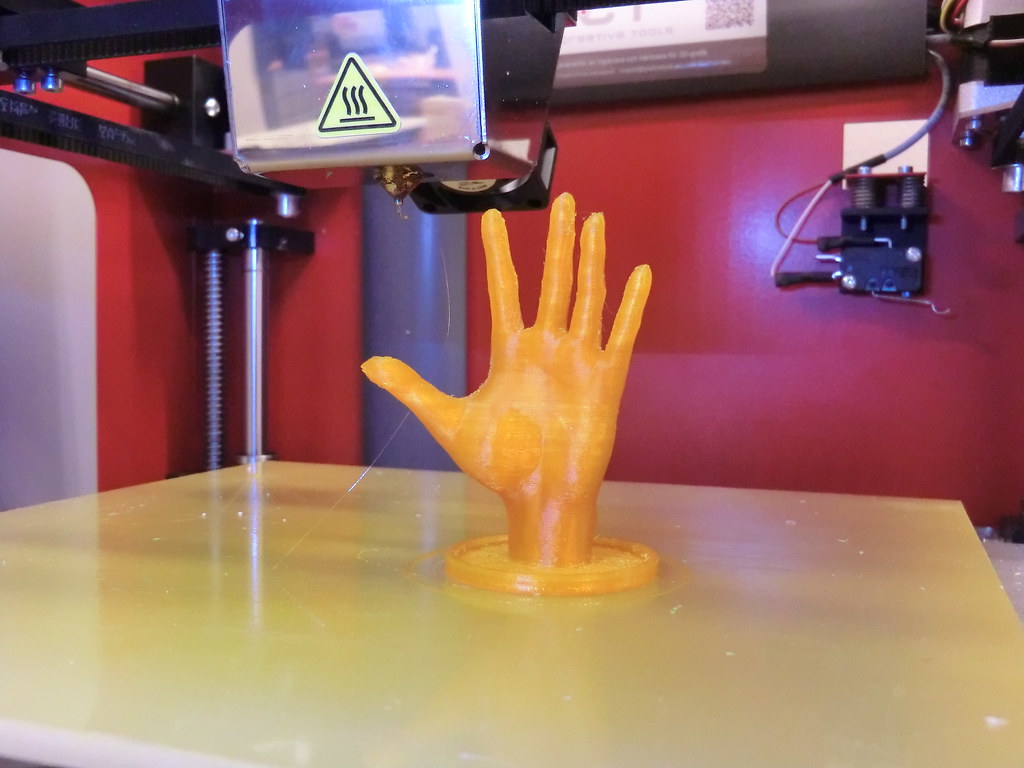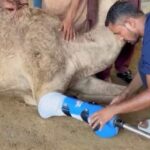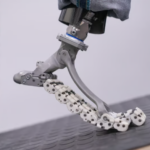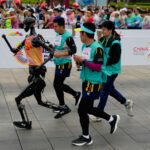Now Reading: The Future of Artificial Intelligence in Orthotics and Prosthetics
-
01
The Future of Artificial Intelligence in Orthotics and Prosthetics
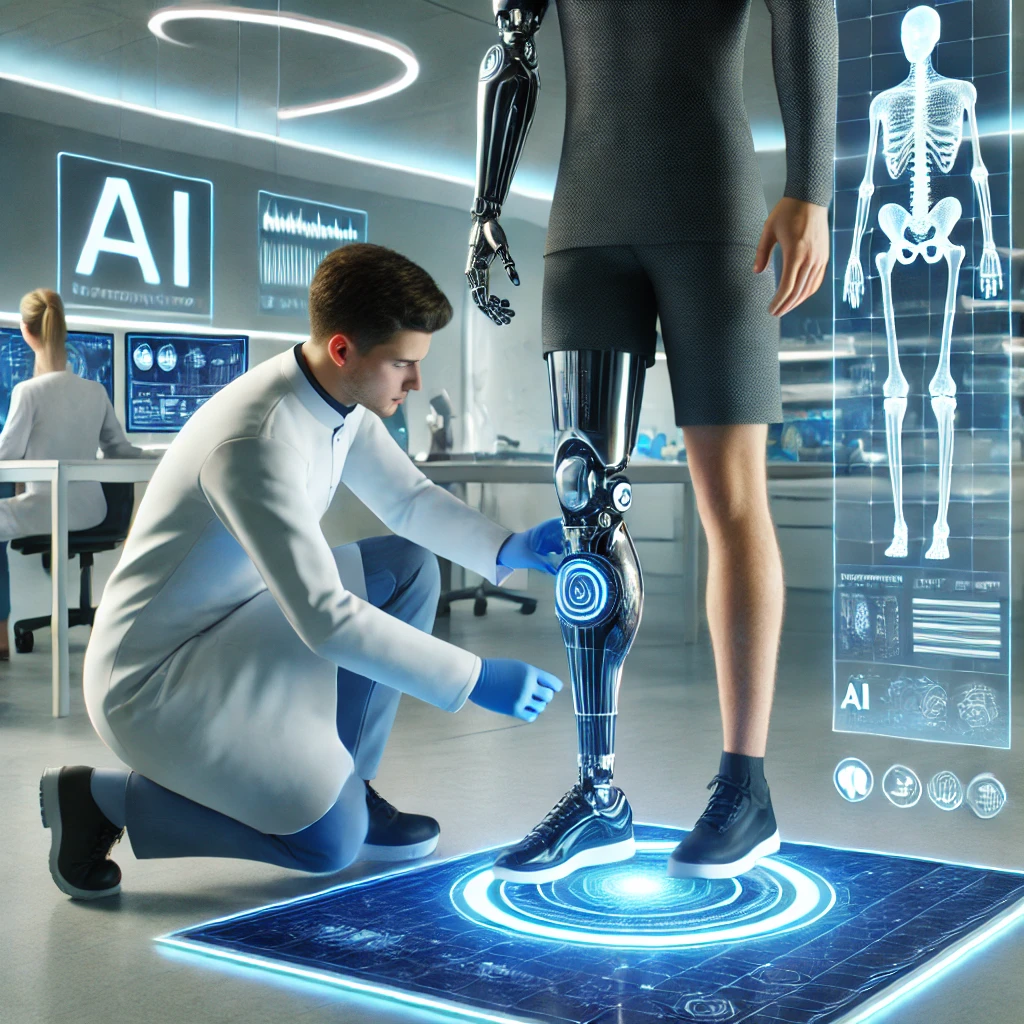
The Future of Artificial Intelligence in Orthotics and Prosthetics
The integration of artificial intelligence (AI) into orthotics and prosthetics is set to transform the landscape of rehabilitation and mobility for individuals with limb loss. As technology continues to advance, AI is not only enhancing the functionality of prosthetic devices but also personalizing user experiences, thereby improving quality of life.
Is this the The Evolution of Smart Prosthetics ?
Historically, prosthetic limbs have been static and often uncomfortable, lacking the responsiveness needed to mimic natural movement. However, recent innovations in AI are changing this narrative. Modern prosthetics equipped with advanced sensors can interpret signals from the user’s nervous system or remaining muscle tissues. This capability enables more precise control and synchronization with the user’s intended movements, making these devices feel more like a natural extension of the body[2][3].
Machine Learning and Adaptive Functionality
Machine learning—a subset of AI—plays a crucial role in this evolution. By analyzing data from user interactions, these smart prosthetics can adapt over time to better meet individual needs. For instance, AI algorithms can learn from repeated actions, fine-tuning responses to enhance comfort and functionality. This adaptive capability is particularly beneficial for tasks requiring fine motor skills, such as picking up small objects or typing[1][2].
Personalization Through Data-Driven Insights
One of the most promising aspects of AI in orthotics and prosthetics is its ability to personalize devices based on individual user data. By leveraging machine learning algorithms, manufacturers can create customized prosthetic solutions tailored to each person’s unique movement patterns and preferences. This level of personalization not only improves the usability of prosthetics but also fosters greater independence for users[2][5].
Neural Interfaces: Bridging Mind and Machine
The future of prosthetics may also lie in the integration of neural interfaces that connect directly to the user’s nervous system. These interfaces could enable seamless control over prosthetic limbs, allowing users to execute complex movements with minimal effort. This technology promises to restore a near-natural range of motion and sensation, significantly enhancing the user experience[3][4].
Enhancing Patient Engagement and Support
AI is also revolutionizing patient engagement in orthotics and prosthetics. By facilitating connections between patients and local support groups or providing access to physiotherapy exercises through digital platforms, AI enhances overall care accessibility. Additionally, AI-driven tools can assist patients who face language barriers, ensuring they receive appropriate care regardless of their linguistic background[1][2].
Challenges Ahead: Cost and Accessibility
Despite these advancements, significant challenges remain. The high cost of AI-powered prosthetics often limits accessibility for many individuals who could benefit from them. While innovations are impressive, they frequently come with price tags that far exceed average annual incomes, raising concerns about equity in healthcare access[5][6]. Furthermore, ethical considerations around the rapid pace of innovation versus practical application must be addressed to ensure that advancements benefit all users.
As we look towards the future, the role of artificial intelligence in orthotics and prosthetics appears promising. With ongoing research and development aimed at creating more intuitive, responsive, and personalized devices, AI is poised to redefine mobility for individuals with limb loss. By bridging the gap between technology and human experience, these innovations not only enhance physical capabilities but also empower users to embrace a life filled with new possibilities.
In this rapidly evolving field, collaboration among technologists, healthcare providers, and patients will be essential in harnessing the full potential of AI-driven solutions for orthotics and prosthetics. The journey towards creating a future where mobility is accessible for all is just beginning.
——————
Citations:
[1] https://vorum.com/how-will-ai-tools-such-as-chatgpt-transform-the-po-industry/
[2] https://prothotic.com/2024/08/the-intersection-of-technology-and-prosthetics-how-ai-is-shaping-the-future/
[3] https://scientiamag.org/ai-and-the-future-of-prosthetics/
[4] https://www.intechopen.com/chapters/73486
[5] https://indiaai.gov.in/article/ai-prosthetics-a-better-future-for-differently-abled
[6] https://www.fletcherssolicitors.co.uk/general/news/the-future-of-prosthetics-and-artificial-intelligence-ai/
[7] https://www.physio-pedia.com/Role_of_Prosthetists_and_Orthotists_in_a_Rehabilitation_Team
[8] https://www.ncbi.nlm.nih.gov/pmc/articles/PMC7480577/

